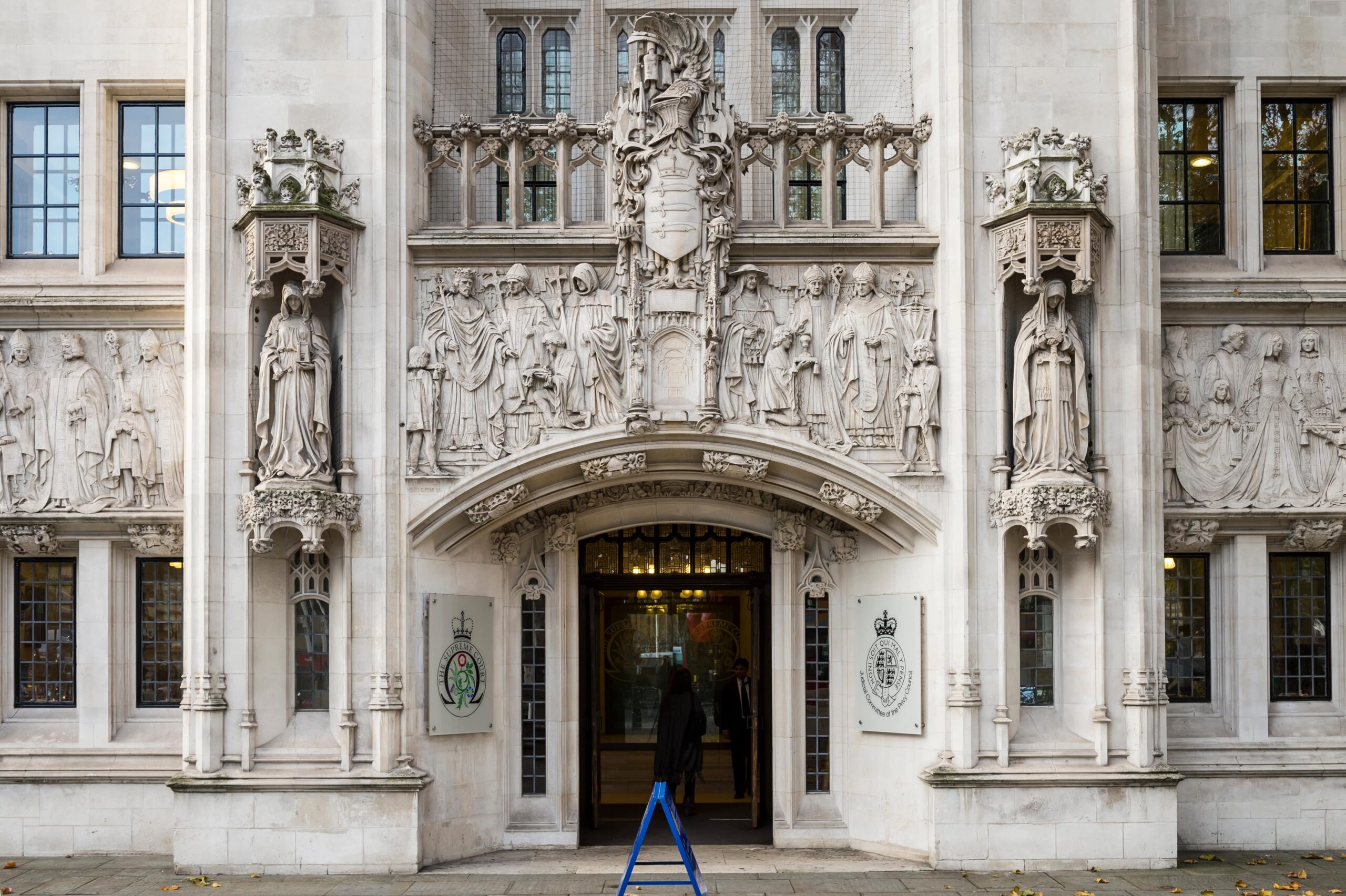BLOG
Collective redundancies | How the concept of ‘establishment’ could change under a Labour government
Written by Lesley Rennie on 10 June 2024

Given the UK’s challenging economic climate, many organisations are seeking ways to reduce costs. This often involves reducing headcount or restructuring departments to enhance efficiency. These strategies can lead to large-scale redundancies, and embarking on this journey can be complex.
While employers should take all reasonable steps to avoid a redundancy situation, if redundancies are necessary, managing the process legally and in a way that minimises the potential adverse impact on both those affected and those who remain is paramount, as it will help to mitigate the risk of Employment Tribunal claims and reputational damage.
Unfortunately, the law around collective redundancies can be complicated, and the various technicalities that surround it can often be disorienting and complex.
From deciphering when collective consultation is required to navigating the duration and planning phase, this blog breaks down the key aspects of collective consultation to help you understand the legal intricacies involved in a collective redundancy process. Plus, with a new Labour government and the Retained EU Law (Revocation and Reform) Act 2023 set to come into effect this October, how might the landscape surrounding collective redundancies change?
When is collective consultation required?
Collective consultation is required when an employer proposes to make 20 or more employees redundant within a 90-day period “at a single establishment”. An “establishment” is generally the unit or workplace to which employees are assigned. It must be relatively permanent and stable but does not need to have independent management who can decide to dismiss staff, or be economically or administratively separate.
A redundancy for the purposes of collective consultation includes a dismissal for any reason not related to the individual employee. For example, a requirement to inform and consult could arise if an employer is proposing to ‘fire and rehire’ in order to effect a change in terms and conditions – where an employer dismisses an employee under their existing contract and immediately seeks to rehire them on new terms which are generally less favourable for the individual.
Employers need to bear in mind that the 90-day period is a rolling period and could include redundancies which have already been made. Employers should therefore look forward and backwards when assessing whether the collective consultation duty is triggered.
Do you need support?
Speak to us for an honest, no obligation chat on:
0345 226 8393 Lines are open 9am – 5pm
The meaning of “establishment”
If an employer is proposing more than 20 redundancies across the business, but fewer than 20 at any single workplace, it must consider whether the workplaces should be treated as a single “establishment” so as to trigger the duty to consult. This will depend on factors such as whether:
- The workplace is a unit which performs specific tasks; and
- It has facilities, such as a workforce and an organisational structure, to enable it to perform those tasks.
The volume of case law surrounding what constitutes an “establishment” demonstrates the complexity inherent in determining what an “establishment” is in the context of a particular business. The waters become further muddied where remote working is present. For instance, the relevant team or department may form the “establishment”, with the geographical location carrying less weight.
Indeed, there have been cases in which a nationwide team, with employees scattered throughout the country, has been found to be an individual “establishment”. Further, in some cases, the “establishment” will be the whole business, whereas in others, distinct parts of the business, such as a specific worksite or division, will each be “establishments” in their own right. Ultimately, this will be fact-specific as it is the unit to which the employee is assigned which is key.
As the way in which businesses operate evolves with the advent of AI and the continued popularity and prevalence of hybrid and remote working, this area of law is ripe for further development. The impact of the UK’s exit from the EU may also, in time, have an influence. The obligation to collectively consult under Section 188 of the Trade Union and Labour Relations (Consolidation) Act 1992 represents the UK’s implementation of an EU Directive on collective redundancies. It is therefore a piece of EU-derived legislation which is now considered to be assimilated law. This means that it is law which is considered to form part of UK law despite its EU origins. Much of the domestic UK case law around the meaning of “establishment” stems from EU decisions.
Unless and until specifically modified post-Brexit, UK Tribunals must continue to interpret Section 188 in line with the relevant decisions of the Court of Justice of the European Union (ECJ) on the basis that these are assimilated EU case law. In addition, previous UK case law relating to the interpretation of Section 188 remains valid and must be applied as assimilated domestic case law.
How might the collective consultation landscape change?
The Retained EU Law (Revocation and Reform) Act 2023 contains provisions which will come into effect on 1 October 2024 and which could change the landscape of collective consultation. From this date, certain courts, including the Court of Appeal and Supreme Court, will have the ability to depart from both assimilated EU and assimilated domestic case law (together known as assimilated case law).
Further, Employment Tribunals and Employment Appeal Tribunals will be able to refer particular points of law in relation to assimilated case law to higher courts. This statutory encouragement to consider departing from assimilated case law may herald a change in the judicial approach to the meaning of “establishment” from October 2024 onwards.
Of course, a potential shift in the interpretation of “establishment” may come to pass sooner now that Labour has been elected to government. Labour has pledged to strengthen redundancy rights for employees, including by “ensuring the right to redundancy consultation is determined by the number of people impacted across the business rather than in one workplace”. Regardless of which party is in government, the scope for further development in the realm of collective redundancies is clear, but for now, the status quo remains.

How long must collective consultation last?
Where the duty to collectively consult applies, the consultation process is prescriptive and set out in Section 188. Consultation begins once certain specified information is given to employee representatives and must continue for a minimum period before any dismissals take effect. The minimum period depends on the number of proposed redundancies:
- 45 days where 100 or more redundancies are proposed; and
- 30 days where 20 or more redundancies are proposed.
When planning redundancies, employers will need to build this time after the election of representatives into their redundancy planning to ensure that they carry out consultation for the minimum period.
Planning for collective consultation
In a collective redundancy situation, careful planning can pay dividends, ensuring that timescales are legally compliant. Employers should first consider whether they have a recognised trade union or standing employee representatives. If not, employers will need to plan for an election, by the employees, of representatives for the consultation, which must comply with statutory rules.
The law requires “meaningful” consultation. For example, employees are entitled to be consulted on the proposed selection process and scoring system. If an employer fails to fully collectively consult, the compensation payable, known as a protective award, is up to 90 days’ pay per employee. This can be a significant financial liability.
At the start of the consultation process, the employer is legally obliged to give the following information to the representatives:
- The reason for the redundancy dismissals;
- The number of proposed redundancies and their job types;
- The total number of employees affected;
- The proposed methods of selection;
- The procedure to be followed in dealing with the redundancies; and
- The method of calculating redundancy payment.
An employer therefore needs to have given thought to these points prior to embarking on a collective redundancy process.
Consider the organisation as a whole – large businesses may have redundancies happening regularly, which could trip them into collective consultation if they are not carefully managed. Alternatively, plans may be drawn up to ensure that the number of proposed redundancies is kept below the requirement for collective consultation. Employers should note that, in some cases, the expiry of fixed-term contracts could count when considering whether the duty to collective consult is triggered.
Employers must notify the Department for Business, Energy and Industrial Strategy (BEIS), using form HR1, either 30 days before the first dismissal takes effect (in the case of 20 or more redundancies) or 45 days before the first dismissal takes effect (in the case of 100 or more redundancies). This is a key step and a legal requirement for employers carrying out collective redundancies, with severe penalties for non-compliance.
Employers must ensure they also carry out individual consultation to ensure that any redundancy dismissals are fair and do not risk claims from employees.
Related Content
Don't risk getting it wrong. Our experts are here to help.
Given the risks of getting it wrong and the importance of planning, employers should take advice early where they are considering making 20 or more people redundant. Our Employment Law specialists can guide you through the steps required to ensure a fair redundancy procedure.
Contact us today to learn how we can help you and protect your business. Call 0345 226 8393 or request a free consultation using the button below.









